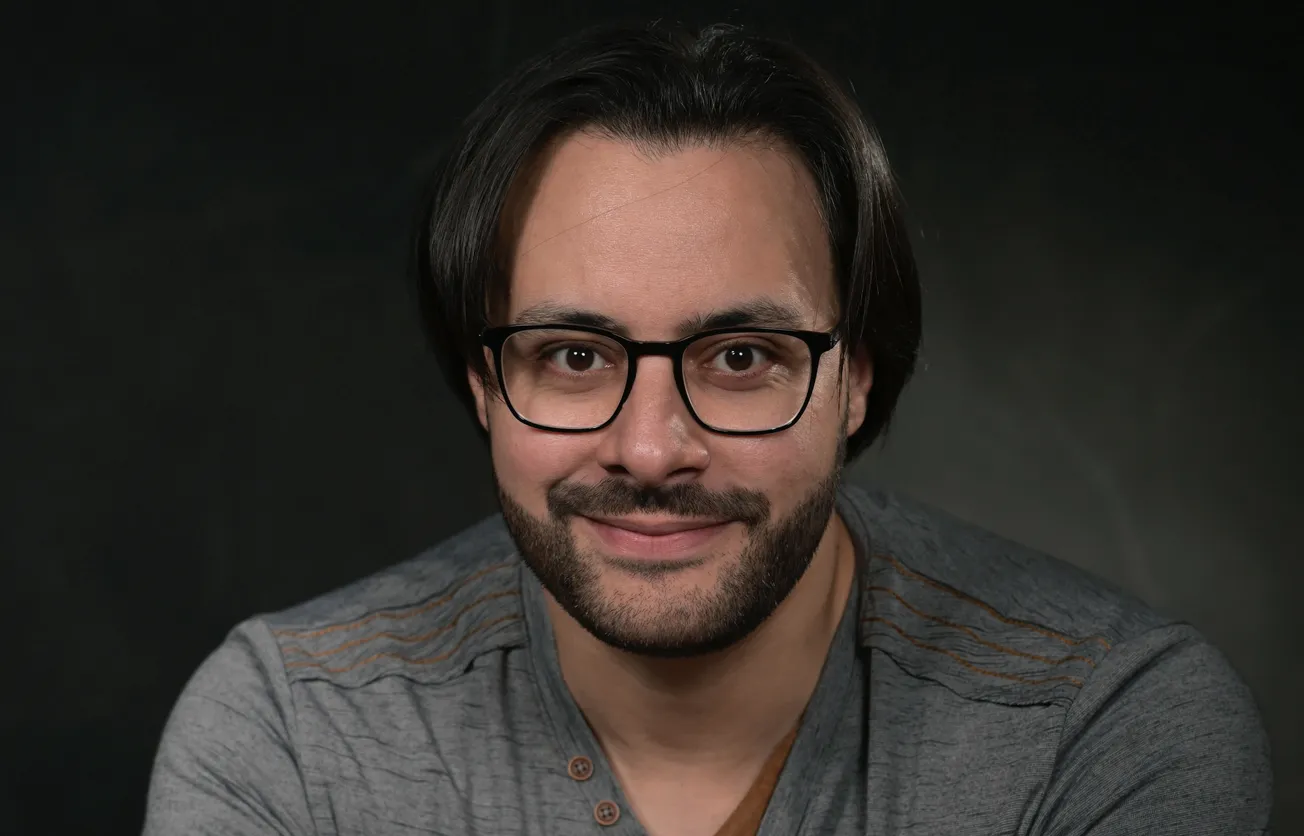Shreds.AI recently released the beta of its GenAI platform which can generate complex software from simple descriptions.
The company – based in Paris and San Francisco – says that Shreds.AI reduces software development time and costs by more than 80% compared to traditional methods. To demonstrate the potential, Shreds.AI used its platform to regenerate the entire WordPress code in Java in less than 24 hours.
Because it's easier to maintain, Shreds.AI promises to reduce long-term costs and extend the lifespan of software. By lowering development expenses, the company aims to promote innovation and efficiency.
To use Shreds.AI, developers purchase Shreds coins that allow them to generate code. The prompt involves a simple description of the software they want to create. Shreds.AI generates architectural diagrams and the code for sections of the software, which the company calls "Shreds."
Shreds.AI does this with no human intervention. A user describes the software they want, and a few hours later it is generated with no other developers involved in the process. However, these "Shreds" can then be validated via a Shreds.AI marketplace or by internal reviewers.
Things are already moving quickly. The company has been invited to speak at Morgan Stanley's upcoming Tech Week event in California. Since opening the beta in early June, Shreds.AI has already signed a few dozen contracts with customers, primarily in France.
Following the beta announcement, I spoke with Soufiane Amar, founder and CEO of Shreds.AI. Before launching the startup, Amar was a software developer and software architect for 15 years at companies including Stellantis, Total, AXA, and Bouygues Telecom. We talked about the original motivation for Shreds, where the company is today in terms of development, and the Series A fundraising the company just began.
Q: Tell me about your background.
SA: I've been a support engineer for 15 years for big companies, working as a leader or architect. I've been building complex software for 5 to 15 million client customers per company and working in AI for six years. I try to introduce AI whenever I can in my work.






